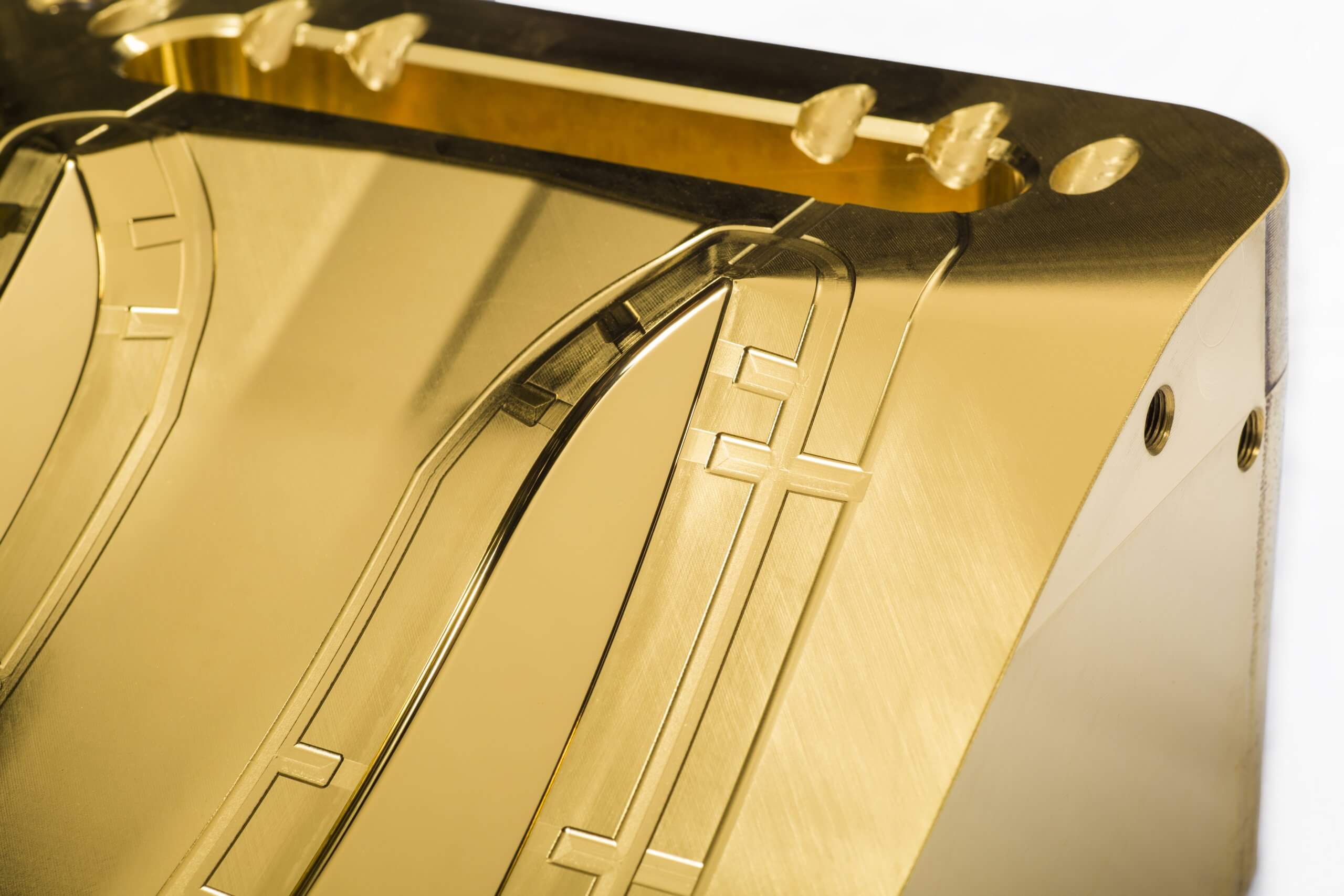
Plastic Injection Molding
PVD Coatings for Plastic Injection Molding
In plastic injection molding applications, PVD coatings are an excellent method to reduce wear and corrosion. Our comprehensive range of coatings is designed to meet our customers’ exact specifications, offering a diverse selection that includes high micro-hardness coatings for abrasive materials such as glass, as well as corrosion-resistant coatings tailored for use with corrosive resins.
PVD Coatings for plastics
- Duplex Variantic®: Enhanced abrasion resistance for glass filled resins.
- TiN UltraFine: Ultra-smooth surfaces for clear resins.
- CARBON-X®: Enhanced part release, no demolding issues.
- SUCASLIDE®: Outstanding wear resistance and low friction of equipment when lubricants cannot be used.
- CrN/CrCN: Corrosion resistance combined with high hardness and adhesive wear resistance.
- MOLDADUR®-P: Scratch protection for sensitive surfaces.
- Duplex-TIGRAL®: Abrasion resistance and high thermal resistivity.
Increasing Plastic Injection Molding Performance
At voestalpine eifeler, we focus on improving the performance of molds. We understand that better molds mean less downtime and maintenance costs. That’s why our solutions work together to reduce damage from corrosion, deformation and wear. We provide our clients with the following solutions:
- Assistance selecting correct tool steel
- Top of the line PVD coatings
- High quality polishing services
Additionally, we keep an eye on your costs by partnering with tool makers and additive manufacturing to provide a single-source supply chain.
voestalpine eifeler: We Work for You
Our experience, expertise and superior quality PVD coatings will result in benefits your company will see for years to come.
- Reduced downtime and increased productivity.
- Increased mold life and reliability.
- Reduced maintenance costs.
- Cost savings through our technologies, services and sourcing partners.
voestalpine eifeler is uniquely positioned to support you throughout the process and increase your total tooling performance.